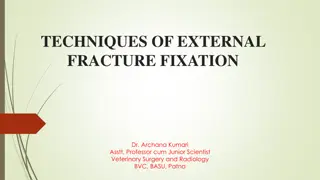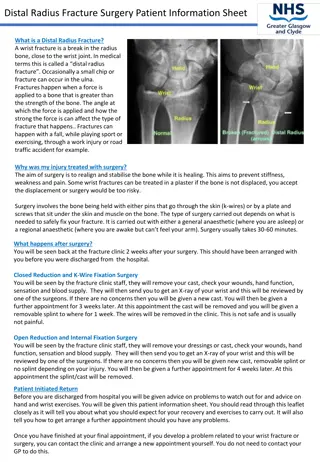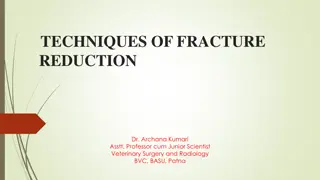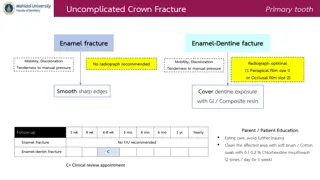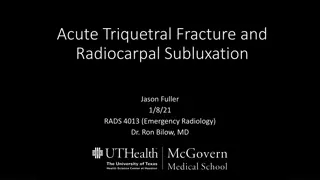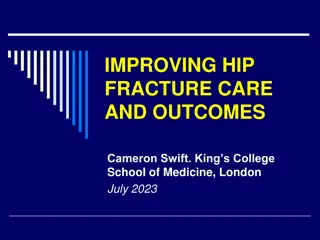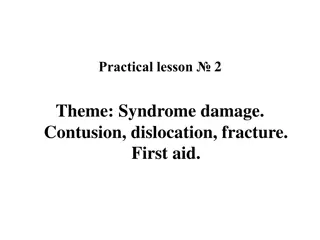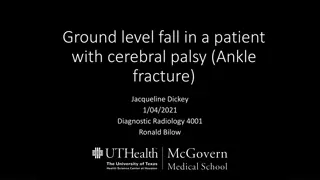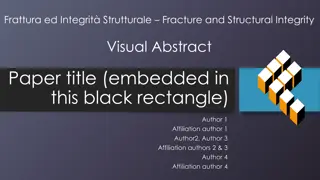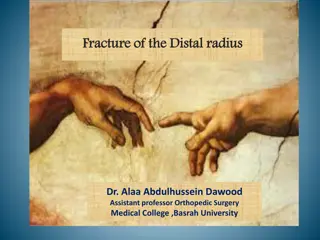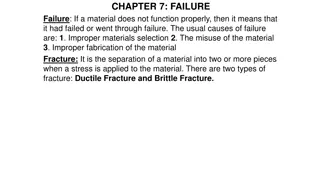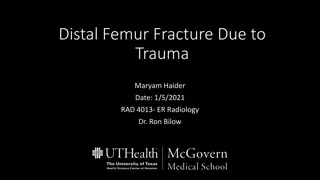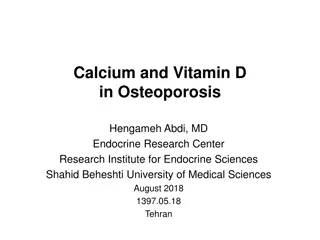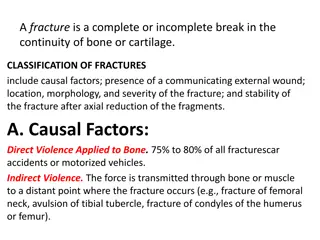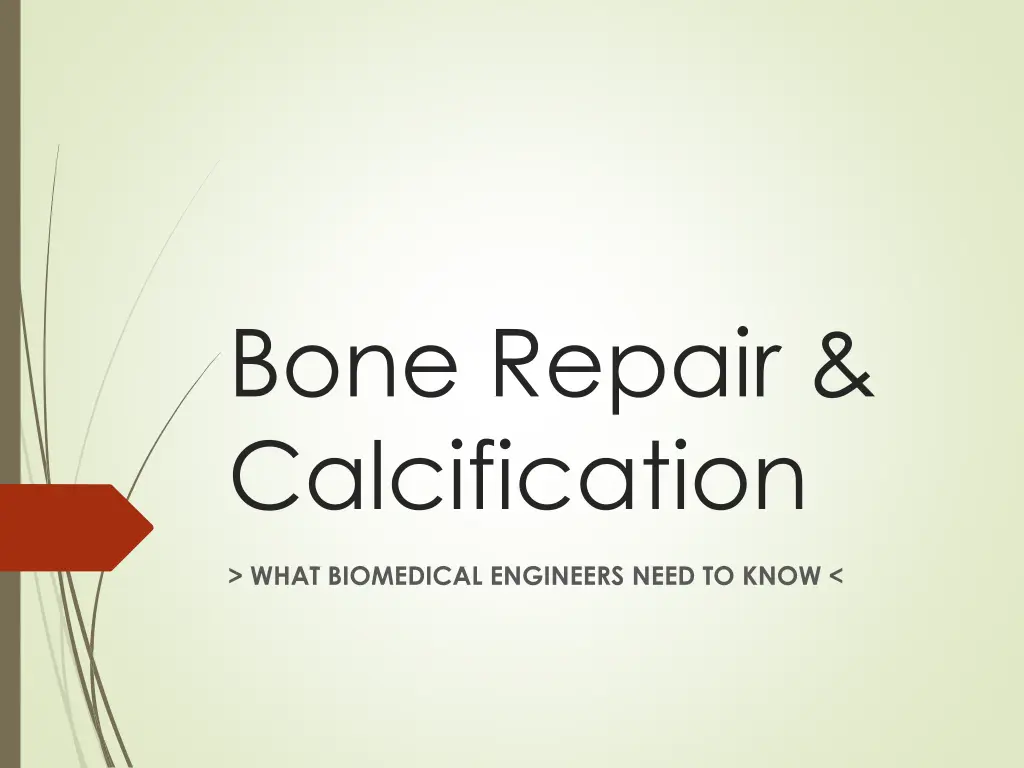
Biomedical Engineering Essentials for Bone Repair and Calcification
Gain insights into bone repair, calcification, fracture healing phases, healing times, fracture types (transverse, spiral, impacted, compound/open, comminuted, joint), treatment options, nonsurgical and surgical treatments, and factors influencing fracture likelihood. Ideal for biomedical engineers seeking essential knowledge in bone health and repair.
Download Presentation

Please find below an Image/Link to download the presentation.
The content on the website is provided AS IS for your information and personal use only. It may not be sold, licensed, or shared on other websites without obtaining consent from the author. If you encounter any issues during the download, it is possible that the publisher has removed the file from their server.
You are allowed to download the files provided on this website for personal or commercial use, subject to the condition that they are used lawfully. All files are the property of their respective owners.
The content on the website is provided AS IS for your information and personal use only. It may not be sold, licensed, or shared on other websites without obtaining consent from the author.
E N D
Presentation Transcript
Bone Repair & Calcification > WHAT BIOMEDICAL ENGINEERS NEED TO KNOW <
Transverse Fracture A fracture straight across the bone, usually the result of sharp, direct blows or stress fractures caused by prolonged running. The break occurs at a right angle to the bone s long axis.
Spiral Fracture baseball pitcher s broken arm A bone fracture caused by a twisting force. Also called torsion fracture.
Treatment Options Fracture treatment depends on: Location, fracture type and its characteristics The person s age The person s activity level Bone quality
Location of Fracture Which bones are more likely to break? Ribs, wrists, fingers, toes, collarbones Why are certain bones more likely to fracture? The body is designed to withstand forces. Legs receive impact while walking and jumping. Thus, leg bones require a significant amount of force to break.
How Does Treatment Depend on Location? Certain treatments cannot be used on some fractures due to the location. For example: Casts cannot be used on all parts of the body, such as moving joints. Finger or toes are often treated by using a nearby finger or toe as splint. The forces the body withstands at certain locations allows some treatments.

